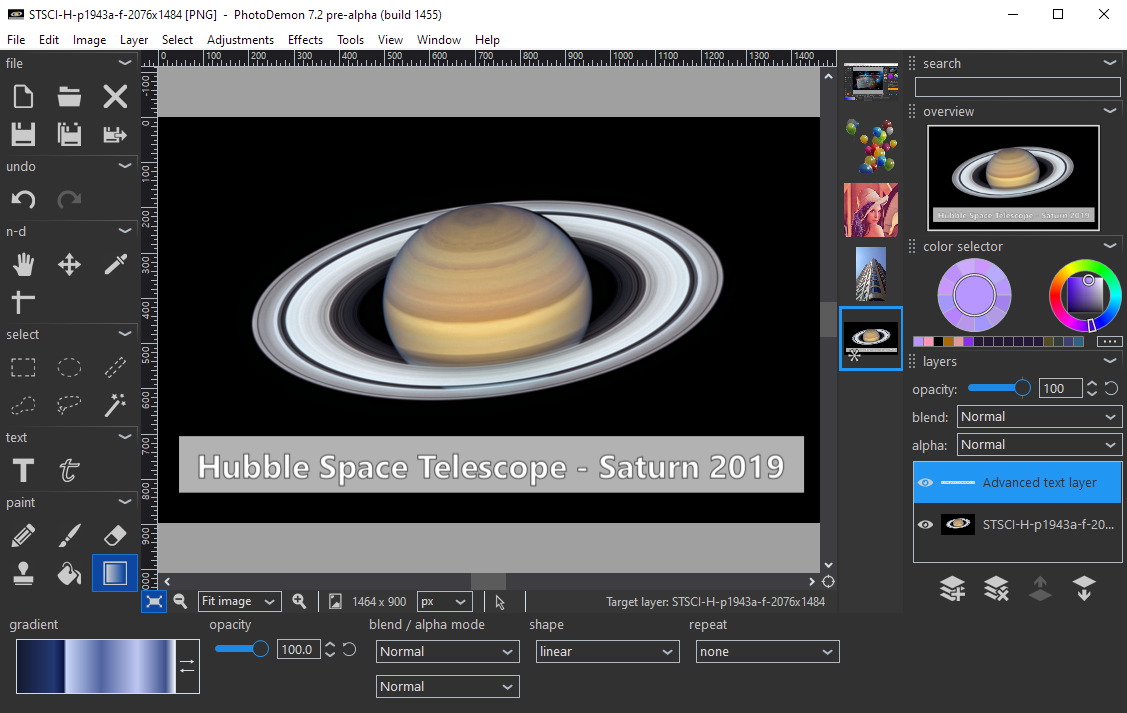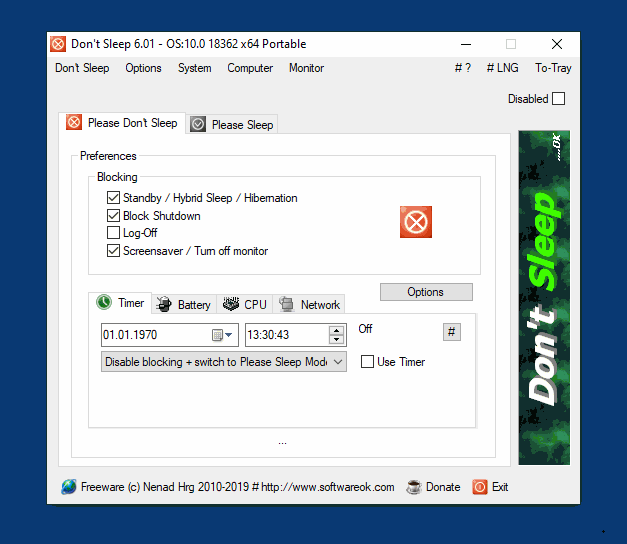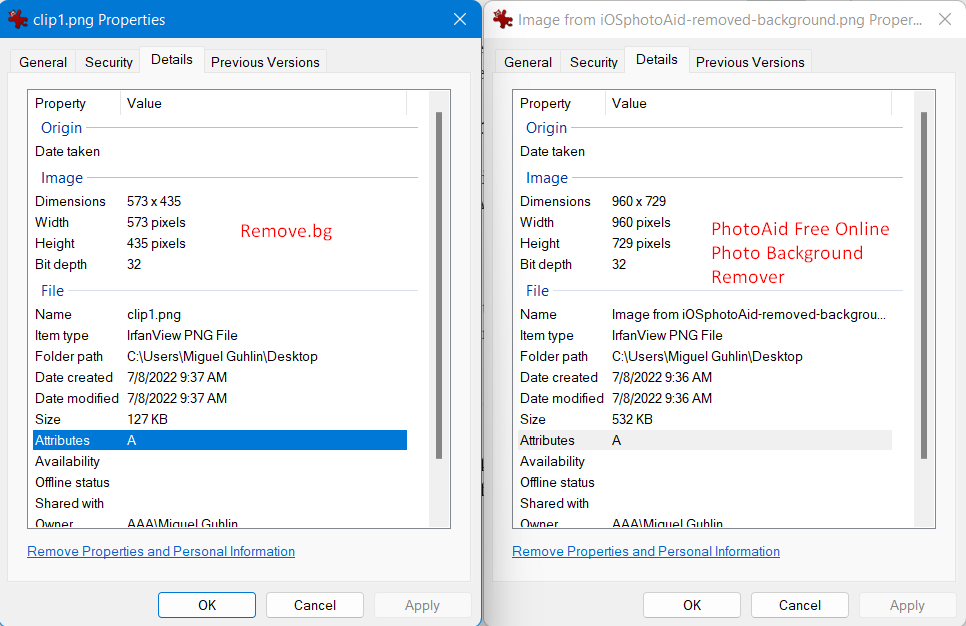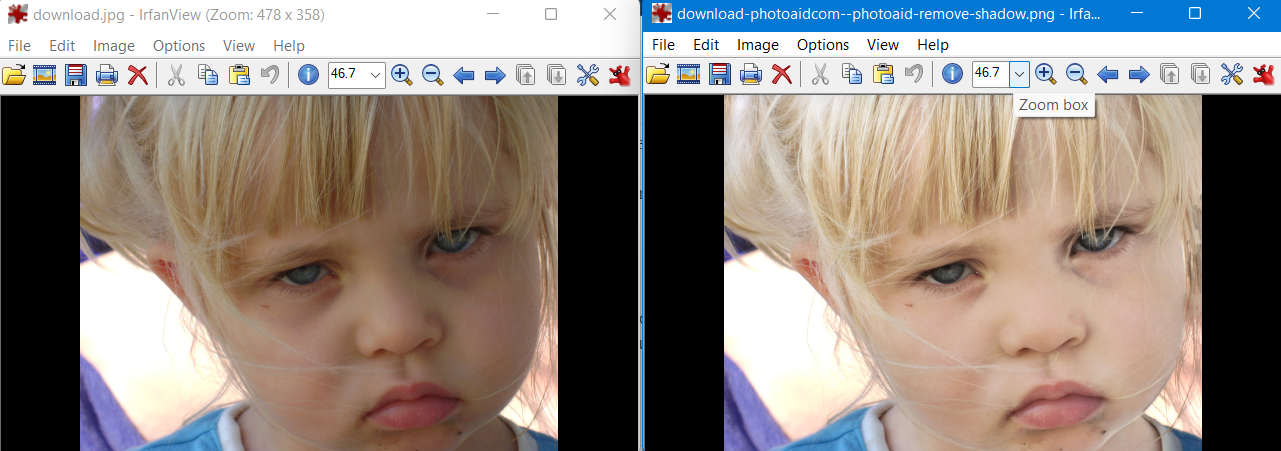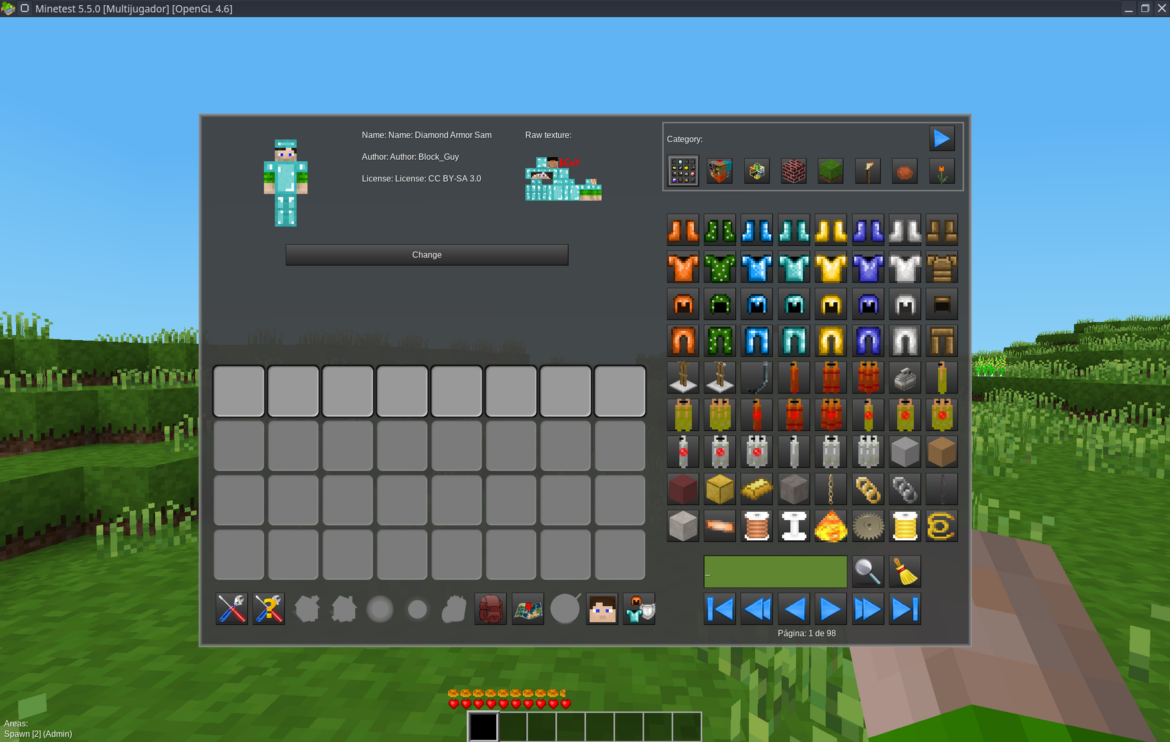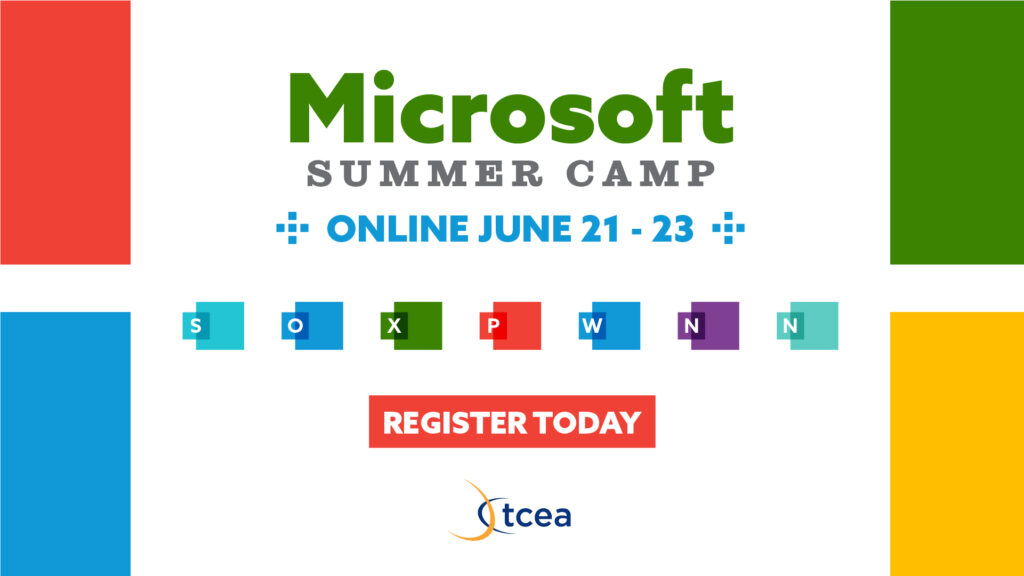Discover tips, tools, and strategies for using Windows in education. Explore resources to enhance productivity, teaching, and learning with Windows devices.
Ever wish you could record audio playing off your computer? I do every time I run into an internet radio station or play a video I only want a snippet of audio from. Today I’ll share one of my favorite audio recording, editing, and capturing tools. I will also provide a list of additional uses for this versatile audio editor.
My favorite tool? Audacity. “It is a free, easy-to-use, multi-track audio editor and recorder for Windows, Mac OS X, GNU/Linux and other operating systems. The interface is translated into many languages. You can use Audacity to record live audio, record computer playback on any Windows Vista or later machine, and edit sound files.”
Source: Audacity website
How to Record Audio with Audacity
Find a talk show you can’t listen to behind firewalls and content filters? You might be tempted to use an approach that combines the free, open-source tool, Audacity, with self-recording. Here’s one way that works:
You’ll first need to install Audacity. Once you have it installed on your Windows computer, you will need to adjust some of its settings by changing the preferences as shown below:
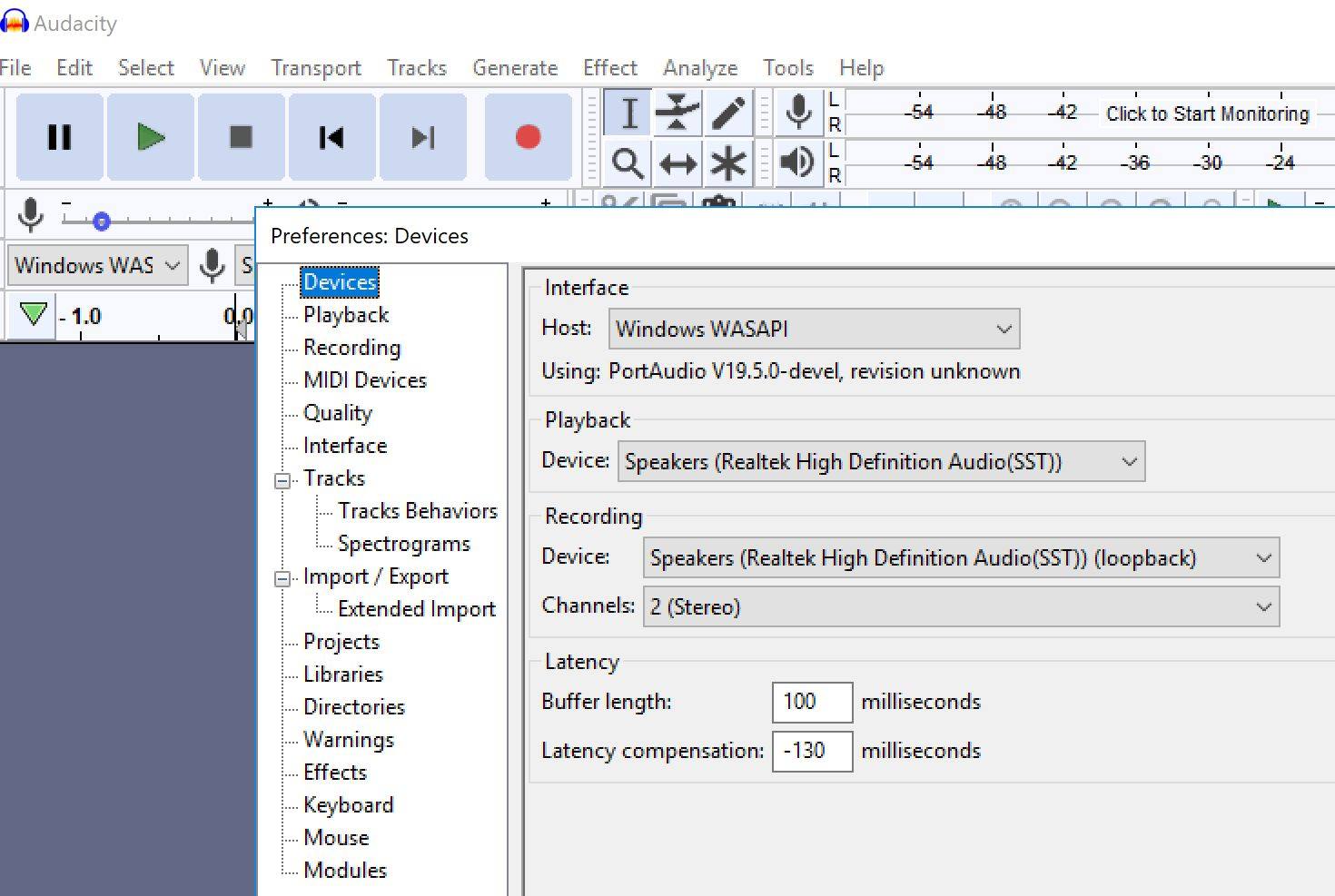
Make sure to change the Recording settings to ENABLE “Sound Activated Recording.” That way, you can turn on Audacity and have it record once you start a radio station.
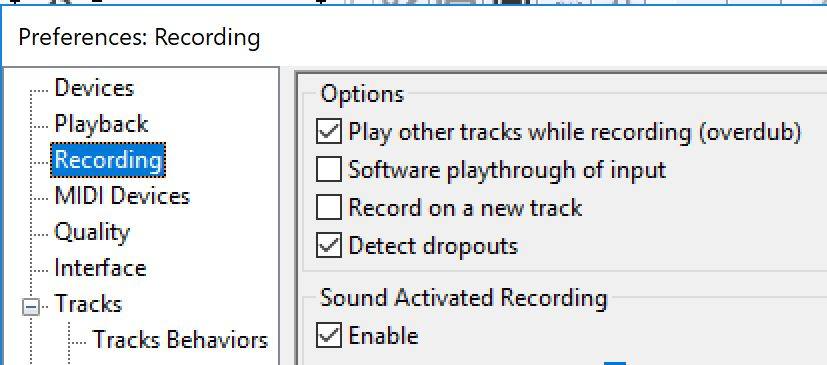
This will allow you to record audio from your Windows computer as the browser plays a radio station. Be sure to adhere to copyright guidelines, of course.
How to Use Audacity to Record Audio Books
There’s a bonus application for Audacity that you may not have thought of. On Windows computers, you can have an ePub or PDF book read to you. Audacity can record the audio of computer-generated reading as it is being read. To create your own audiobooks, follow these steps:
Step 1: Get the Freda App
Freda is a wonderful free ebook reader you can install on your computer. You can use the Freda app on Windows to read any nondigital rights management (DRM) ePub ebook.
Free Reader, or Freda for short, provides a wide variety of options that include reading EPUB books, changing type size, font, spacing, margins, layout and color scheme, along with being able to customize the controls and gestures. You can also add bookmarks along with highlighting and annotating sections of text.
The application allows you to search for words or phrases within a book and to search online for definitions, translations (great for those wanting to learn a second language), and information related to any text element you may select.
Step 2: Get Freda to Read a Book Aloud to You
Open your ebook in Freda. You can choose several voices (Microsoft David, Zira, or Mark) when having Freda read the ebook to you, as shown below:

Choose to have it read the ebook to you, ensuring you select the option READ ALOUD.
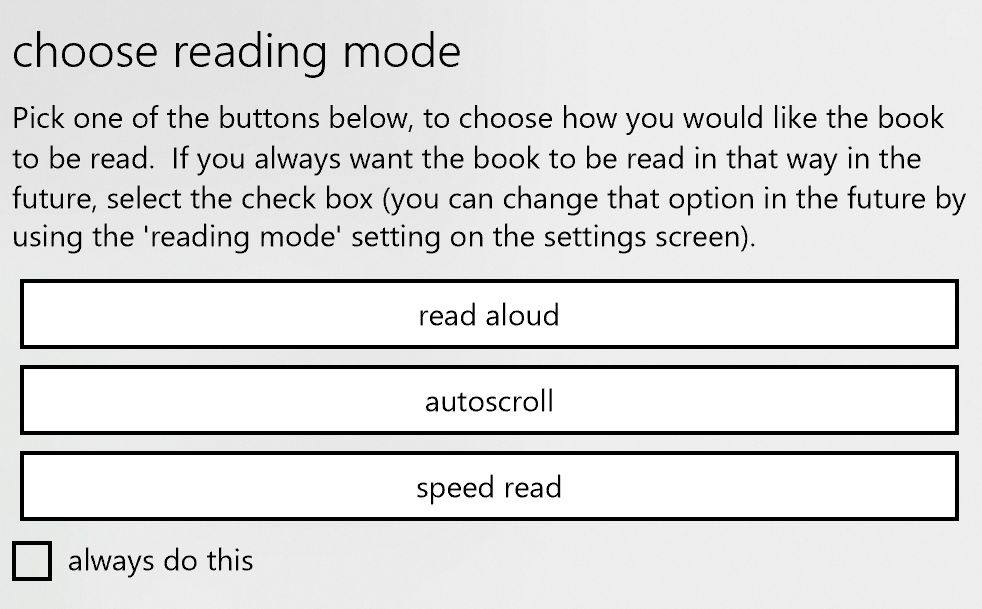
Now that you have Freda all set up to read aloud to you, you need some way to record your computer’s audio. This is where Audacity comes in.
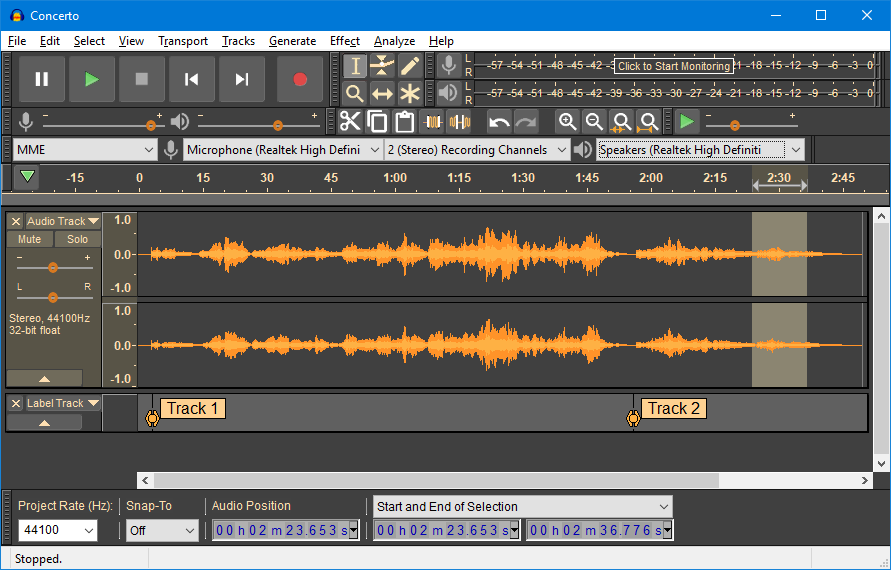
Step 3: Adjusting Audacity’s Settings
The next question is how to record Freda reading the ebook to you. You can get Audacity online.
Once you have Audacity installed on your Windows computer, you will need to adjust some of its settings by putting in the preferences as shown below:
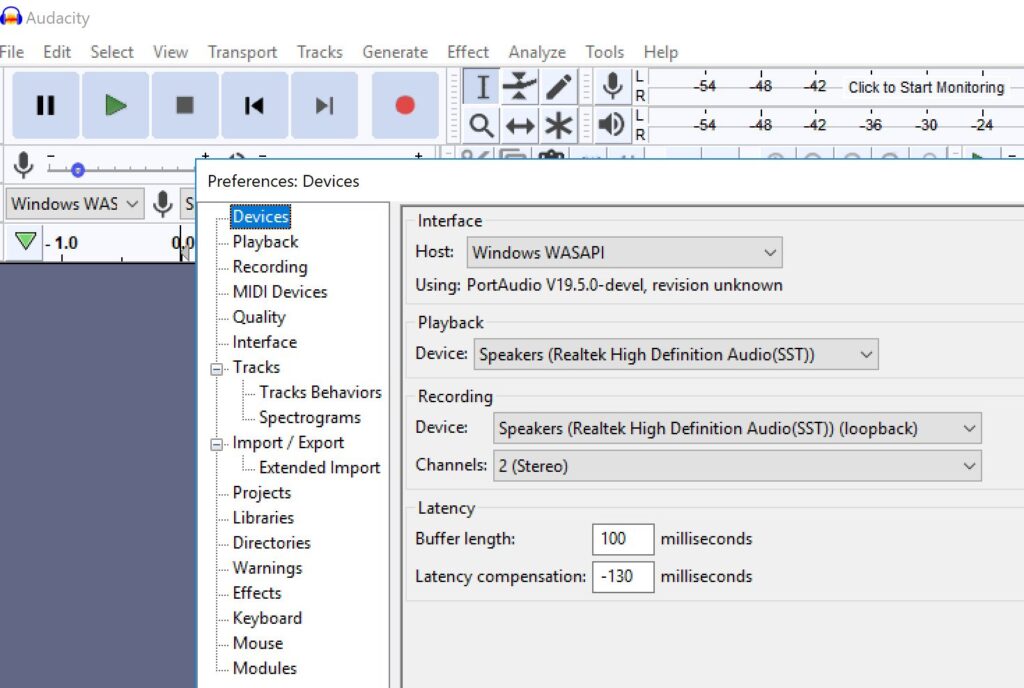
Make sure to change the Recording settings to ENABLE “Sound Activated Recording.” That way, you can turn on Audacity and have it record once you turn on Freda to read aloud.

This will allow you to record audio from your Windows computer as the Freda ebook reader reads the book aloud to you. Here’s what that looks like:
Listen to Microsoft David read “About Carroll.” Want to add more languages and voices? You can follow the steps outlined on this Microsoft Help page. One easy way to get started involves you going to your Windows 10 Start button (the Windows flag icon in the bottom left-hand corner of your screen), then going to Settings (represented by the gear icon). Select Time & Language. Then, go to Region & Language to add a language (e.g., Spanish), then go to Speech to select your default voice. There may be a slight delay as Microsoft adds a language to your computer.
Get Audacious with Audacity
There are many other possible uses for Audacity. Recording audio readings from books, or documents you create, like ebooks, is but one example. Some other uses include:
- Create and explore sound effects
- Cut, copy, and paste music tracks to generate phone ringtones
- Remix existing audio to create new versions
- Interview students, teachers, parents, and community for podcasting
- Record book jacket recordings for QR Code readings
- Record and edit stories for digital storytelling efforts
- Record peer evaluations of other students’ work
- Audio record journal assignments or provide oral responses to journals or written content
Give Audacity a try! You will have fun learning it and applying technology to new situations.
Feature Image Source
Screenshot by author

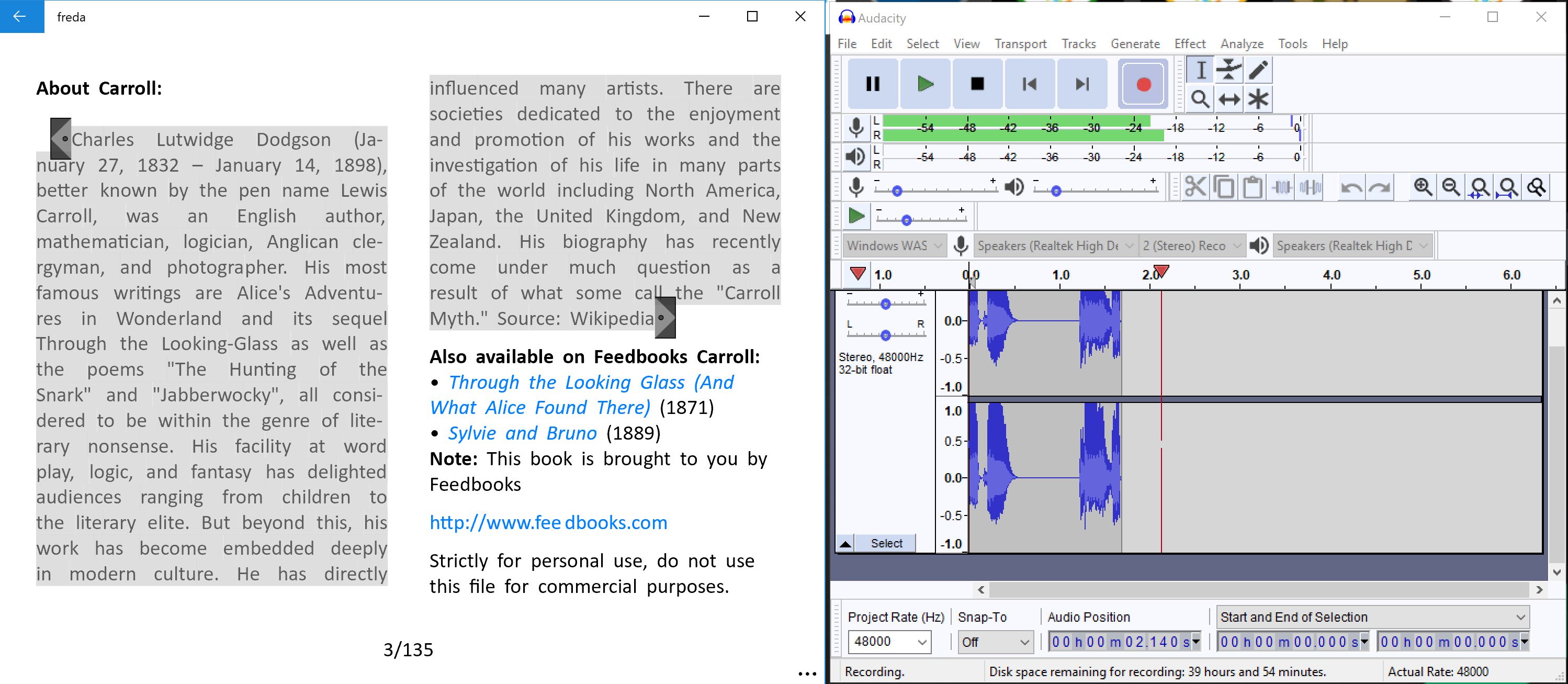

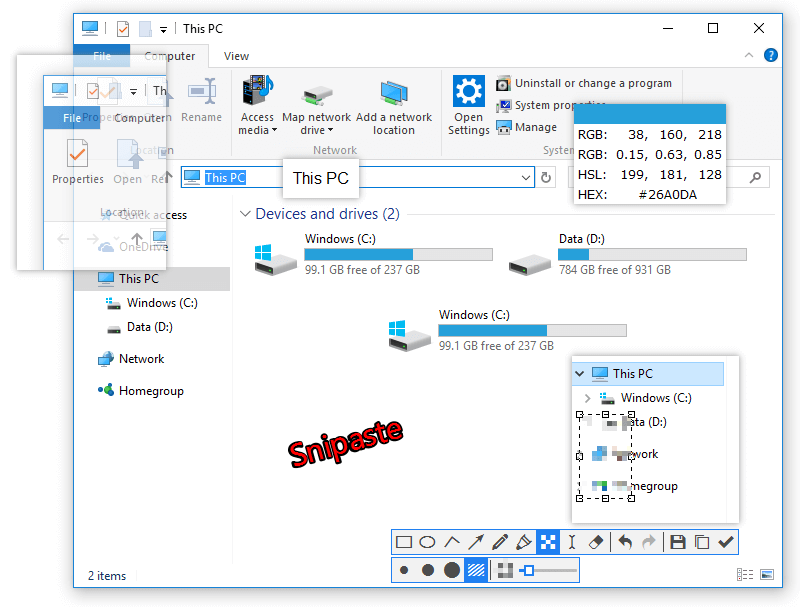
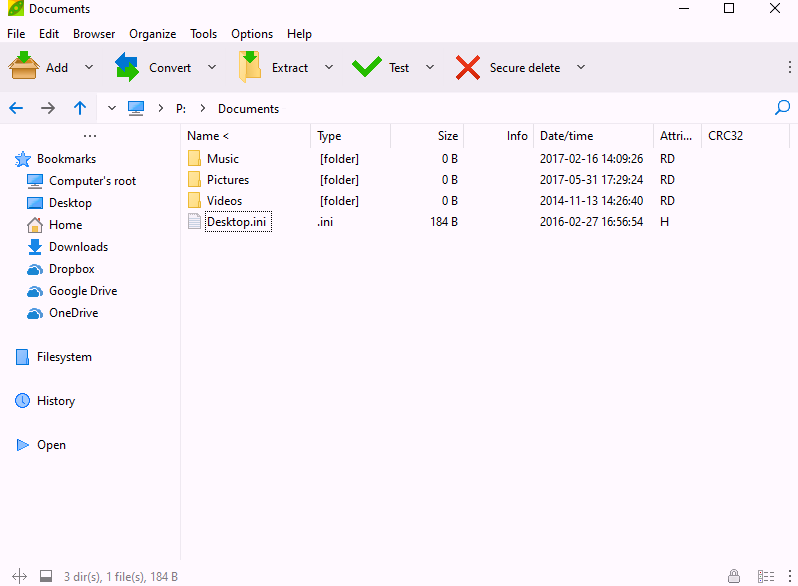
 Did You Know?
Did You Know?